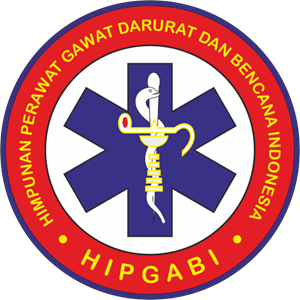Analysis of Factors Associated with Self-Efficacy in Helping Victims of Drowning in the Kalimas River – Indonesia
Downloads
Introduction: On the banks of the Kalimas River, Indonesia, drowning cases often occur because many people fish and swim in the river, especially when the munggut phenomenon occurs (fish die due to toxic factory waste being thrown into the river), but when drowning cases occur there are actually many people. feel afraid and confused about providing assistance to drowning victims. Objective of this research is to analyze what factors are related to self-efficacy in helping drowning victims based on Albert Bandura's Theory of Self-Efficacy.
Methods: This study was a correlational descriptive research with a cross-sectional design. The population in this study were all residents of the Kalimas Riverbanks, Gresik Regency. This research involved 146 respondents who live on the river banks in Gading Village, Wates Village, and Cangki Village using a cluster sampling technique. This research variable refers to Theory of Self-Efficacy including enactive mastery, vicariously experience, verbal persuasion, physiological and emotional state and self-efficacy. Data was collected using a structured questionnaire and analyzed using a logistic regression test with a significance level of ≤ 0.05.
Results: The results of statistical tests show a significant correlation between enactive mastery (p=0.001), vicarious experience (p=0.004), and verbal persuasion (p=0.000) with self-efficacy. In contrast, physiological and emotional state did not show a significant correlation with self-efficacy.
Conclusion: The higher the level of enactive mastery, vicarious experience, and verbal persuasion, the better the self-efficacy in helping drowning victims. This provides input for health workers and local government, as well as for further research, in increasing self-efficacy and the ability of residents to help drowning victims.
Copyright (c) 2023 Singgih Prasetiyo, Yulis Setiya Dewi, Sylvia Dwi Wahyuni, Muhammad Fikri Alfaruq

This work is licensed under a Creative Commons Attribution 4.0 International License.
1. The journal allows the author to hold the copyright of the article without restrictions.
2. The journal allows the author(s) to retain publishing rights without restrictions.
3. The legal formal aspect of journal publication accessibility refers to Creative Commons Attribution (CC BY).

















